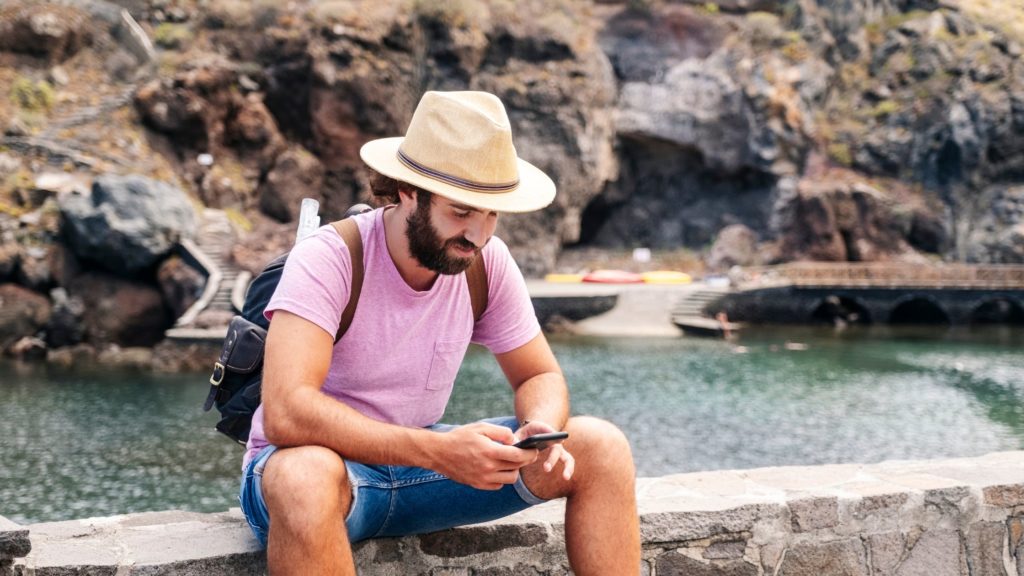Traveling is exciting; you get to meet new people, form meaningful alliances, and experience different cultures and traditions. The array of exciting and nutritious cuisines is also one perk of visiting new places. However, traveling isn’t without its risks. According to research, 52% of travelers are concerned about their digital info while out and about. This is not surprising, as your data is likelier to be compromised while using public networks in unfamiliar territory. But worry no more. Here are the details on how to lock down your digital property and still have time while traveling.
- Prepare your devices before you take off
Preparing your phone, laptop, and tablets for their travel escapades is essential before setting off. Therefore, give your devices a once-over to confirm they’re in good condition. As a tip, download the necessary software updates, as they come with security firepower to shield your gadgets from the latest threats. Also, while at it, you will find it helpful to back up your crucial data.
2. Carry the essentials
Although it may be tempting to use random USBs, it’s best to stick to wall outlets or the built-in USBs in the furniture at your hotel or the airport towers. Even with these, you should still play it safe. Don’t forget to throw in an extra cord in your bag. That way, you won’t buy one from a shady source and accidentally compromise your devices with malware. You should also avoid charging up your gadgets in rideshares. Even if you’re using your own cord, plugging in might trigger some sneaky connection prompt with the car’s system, and the driver could accept it without you even realizing it. It’s always better to be safe than sorry.

3. Be wary of public Wi-Fi
While out on your adventures, being cautious about public Wi-Fi options is a good idea. These internet sources can be a gamble for keeping your data safe and sound. It’s worth finding out “what is SSID” so that you’re armed with the right information to guard against connecting to an insecure network. As a tip, remember to use more secure connections to ensure your data stays intact. You can also consider a virtual private network (VPN). you can think of it as your data’s bodyguard to give your info that extra layer of protection.
4. Use a secure password
This may be an obvious step, but it is surprising how many people overlook it. Some make it a habit to use weak passwords such as their birthdays or names. While they may be easy to remember, hackers can also guess them, leaving your data vulnerable. Others also use the same password for every digital platform they own, which is an unsafe practice. The best solution is to use a complex password containing a mixture of numbers, upper and lowercase letters, and symbols, so feel free to consider this. You should also use different passwords for your email, social media platforms, and other online spaces to prevent hackers from accessing them.
As much as you like to enjoy and document your travels using your phone and devices, safety with regards to your digital assets should be on top of your priorities. With these simple tips, you can be ensure that your digital information are free from any potential threats. Safe travels!
Image Credit

